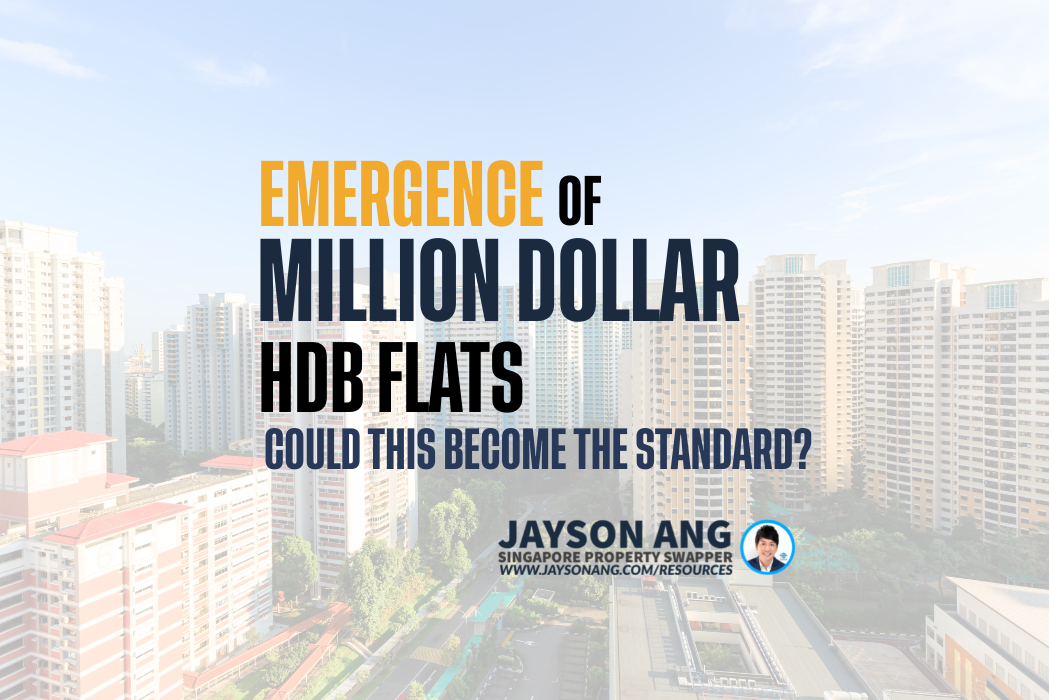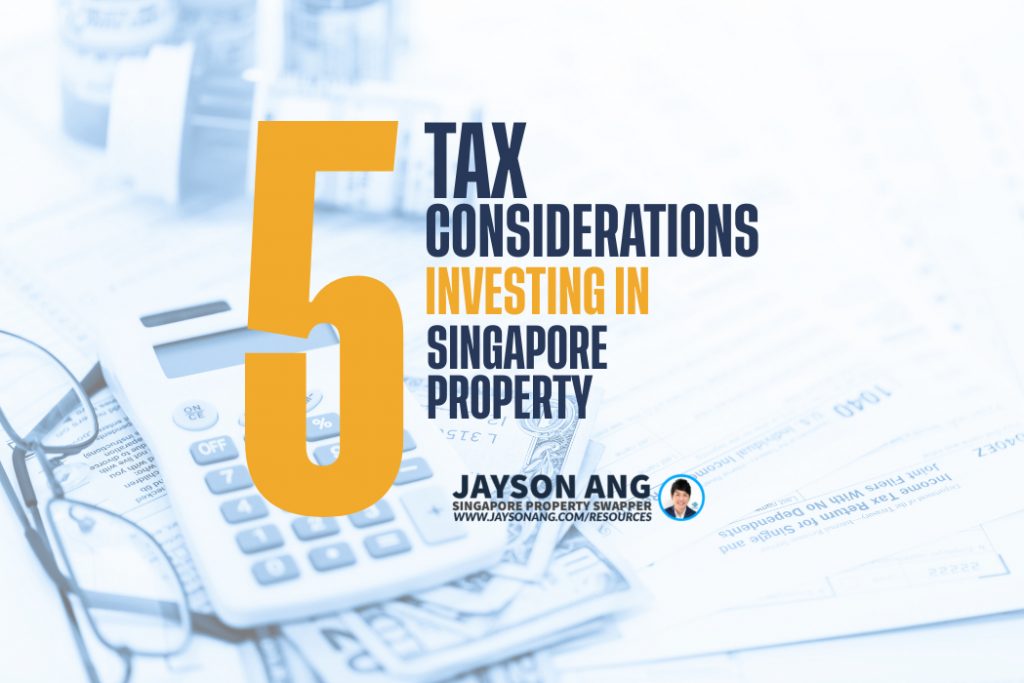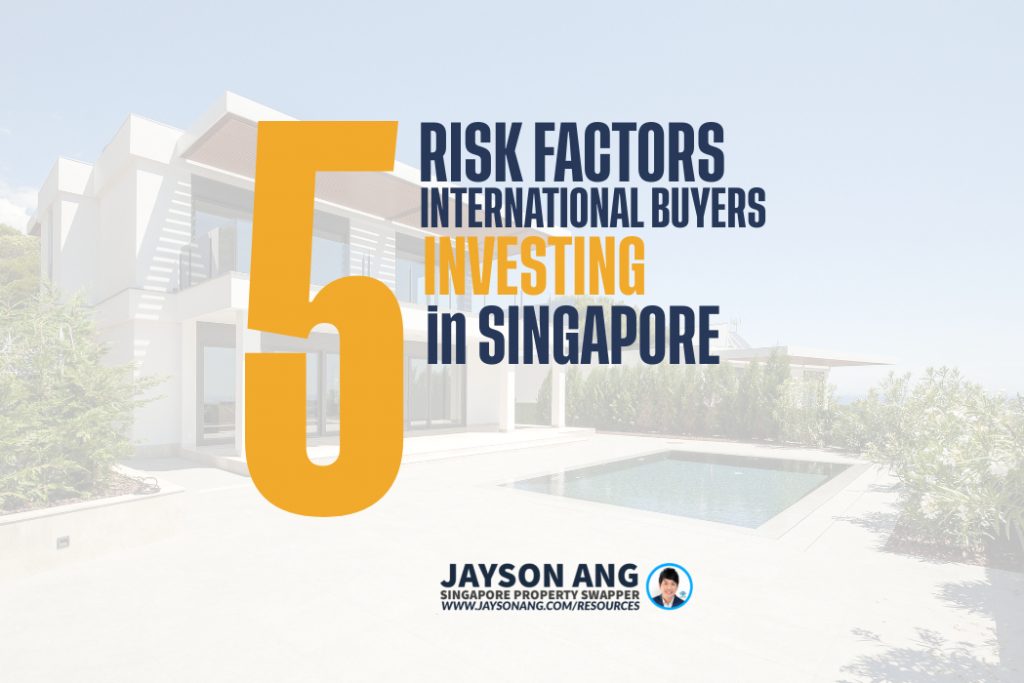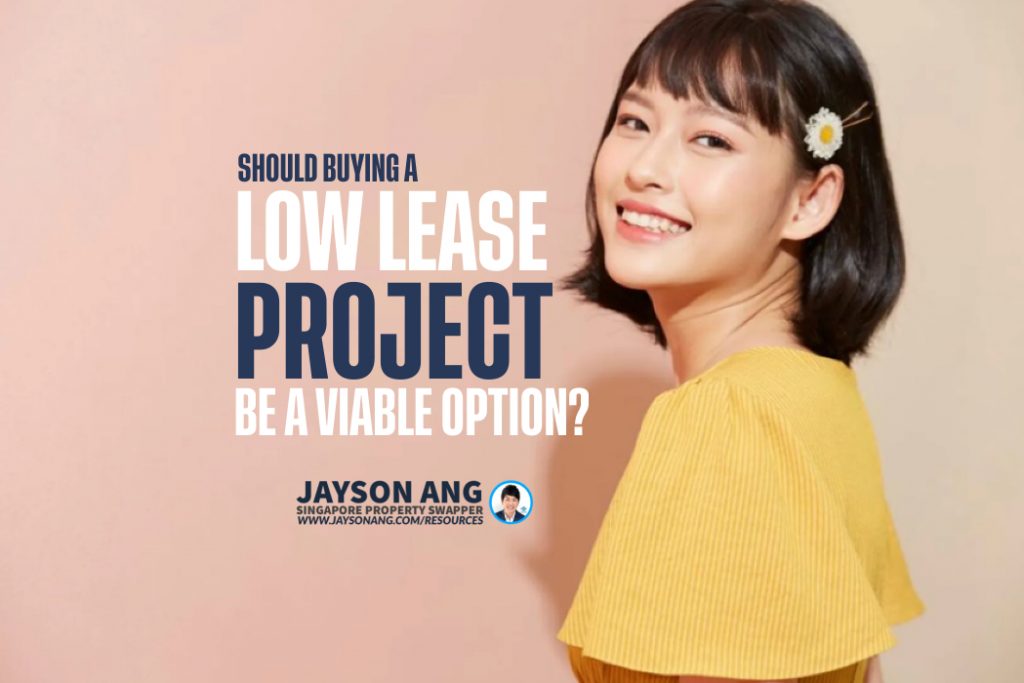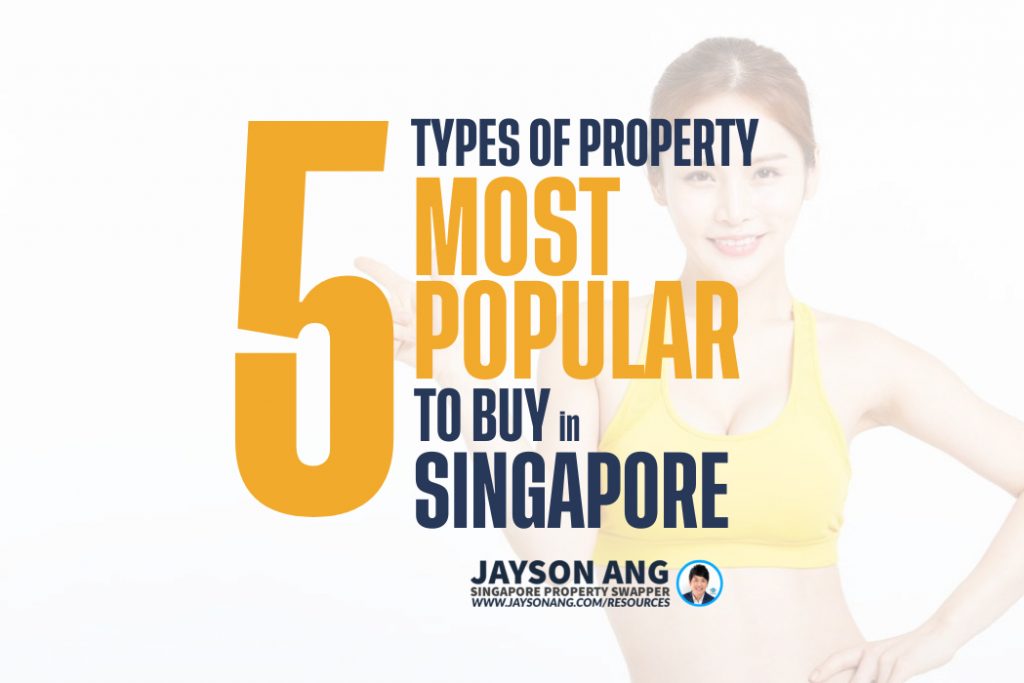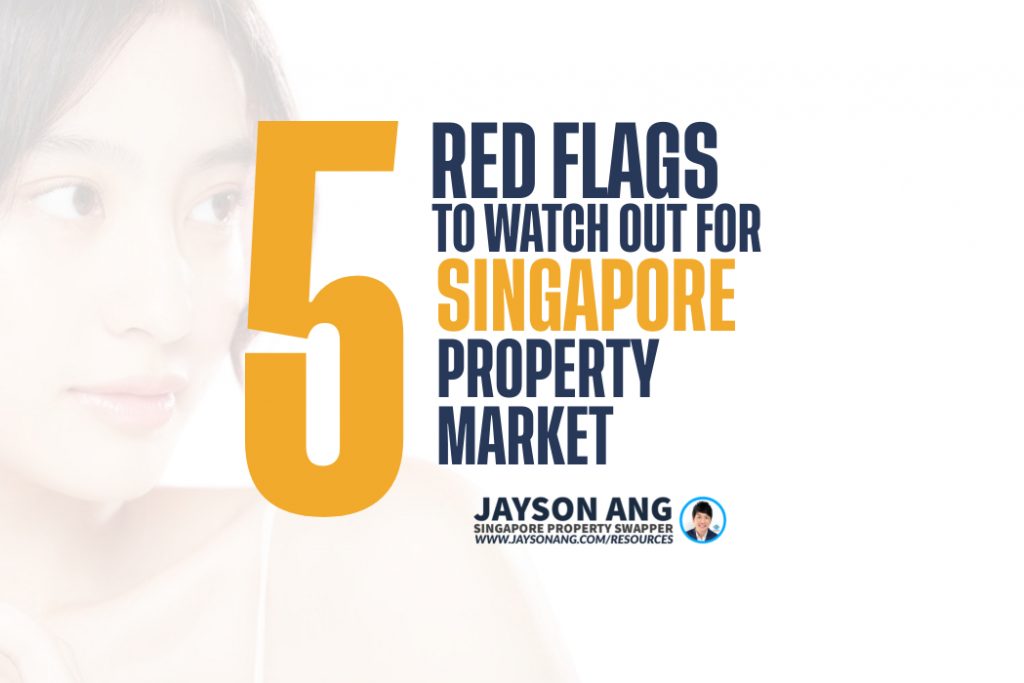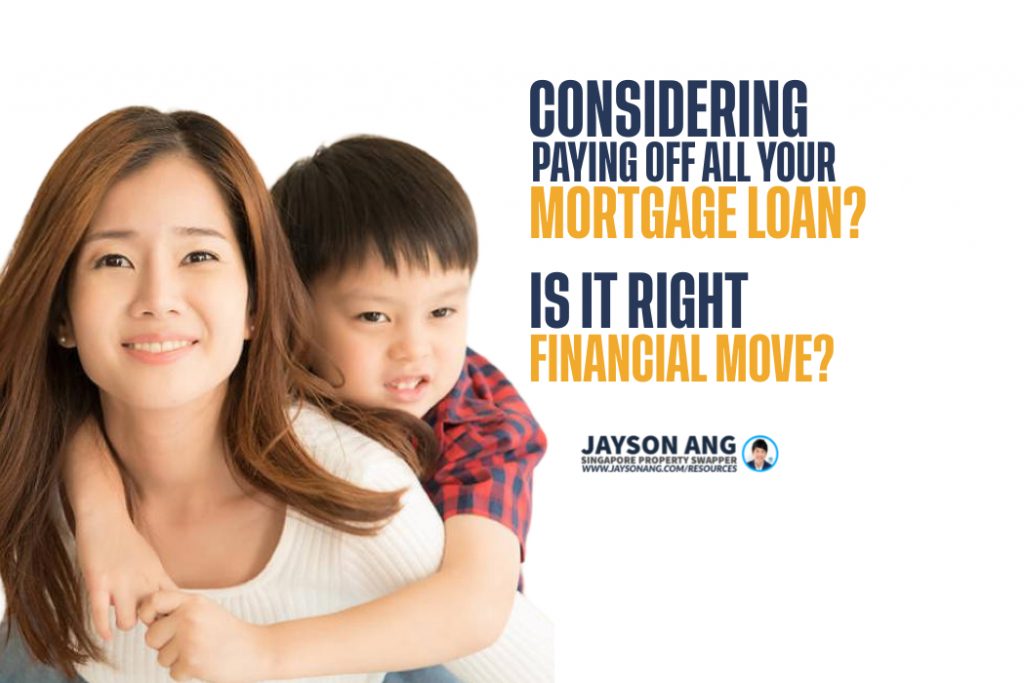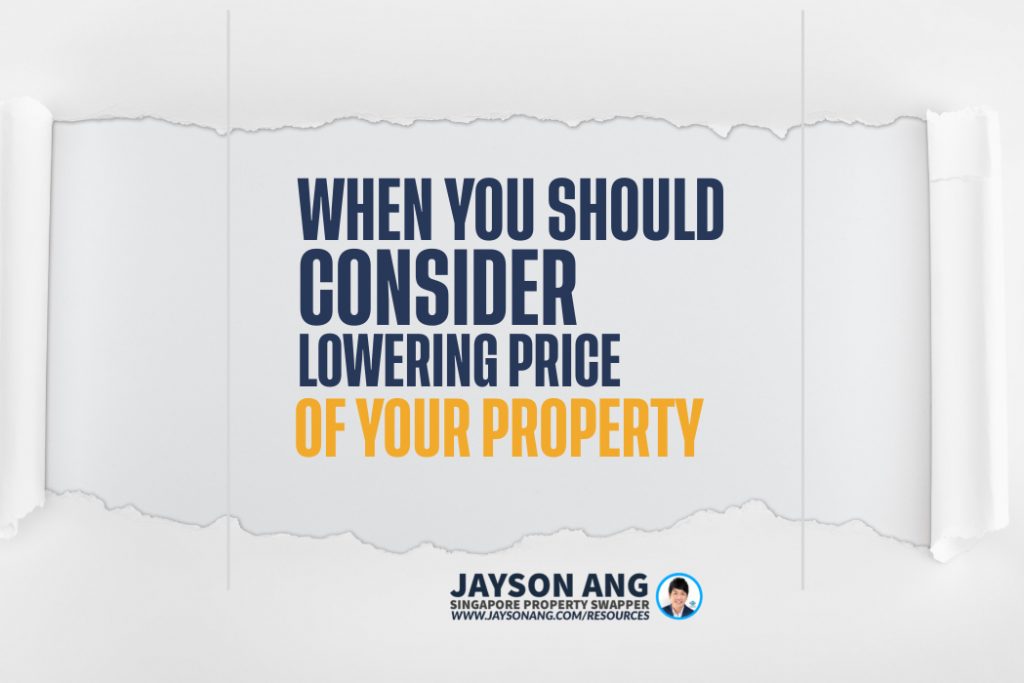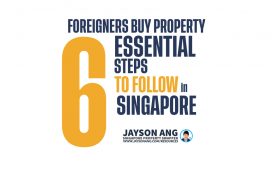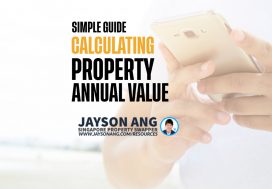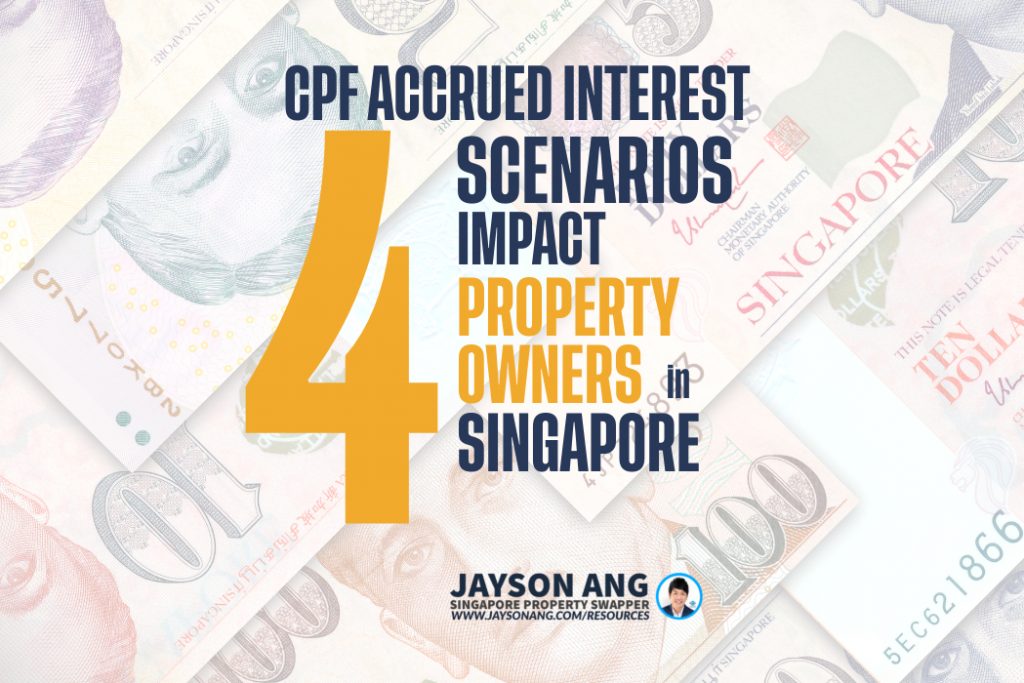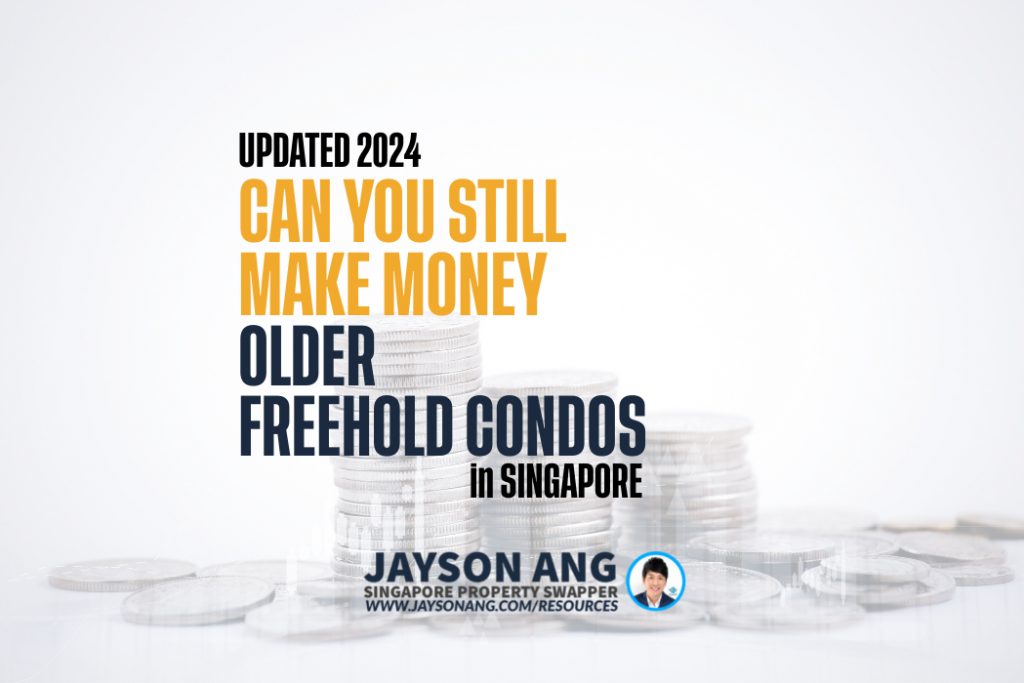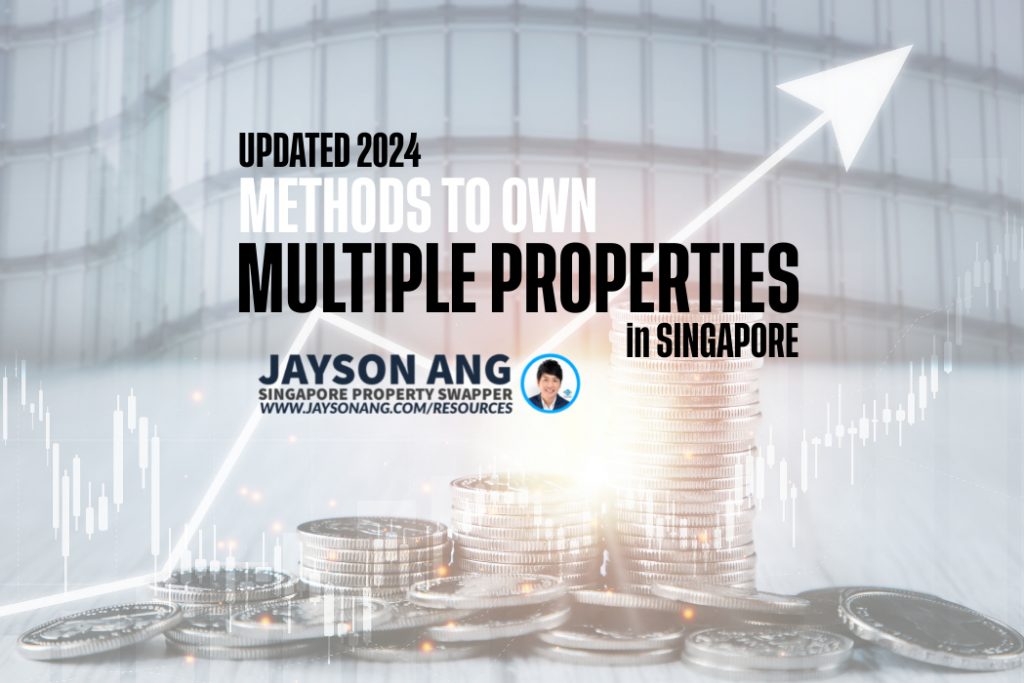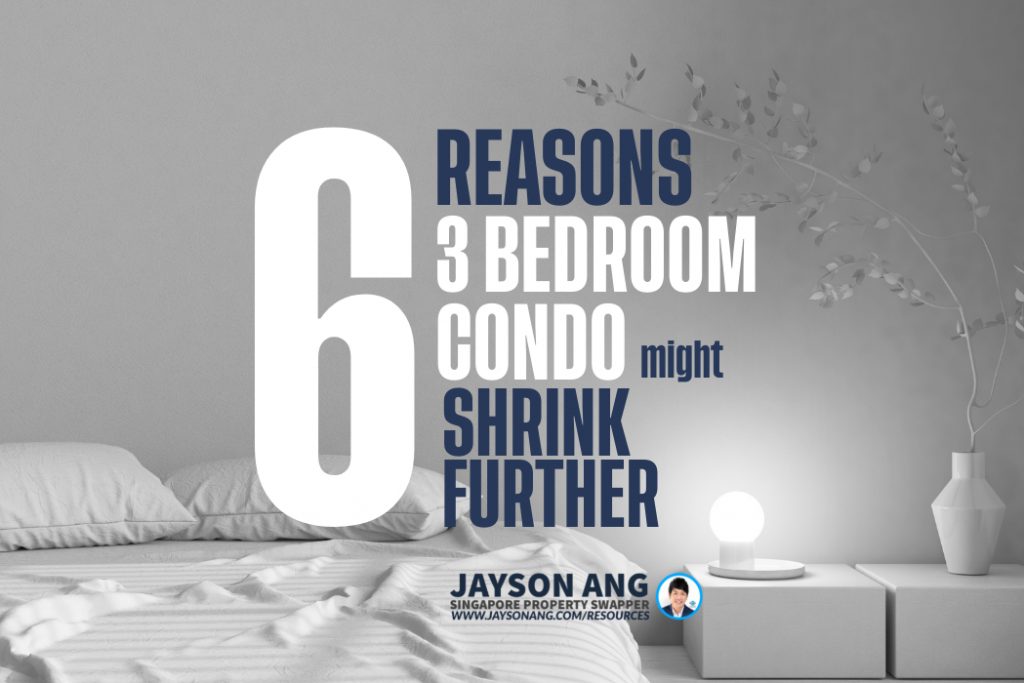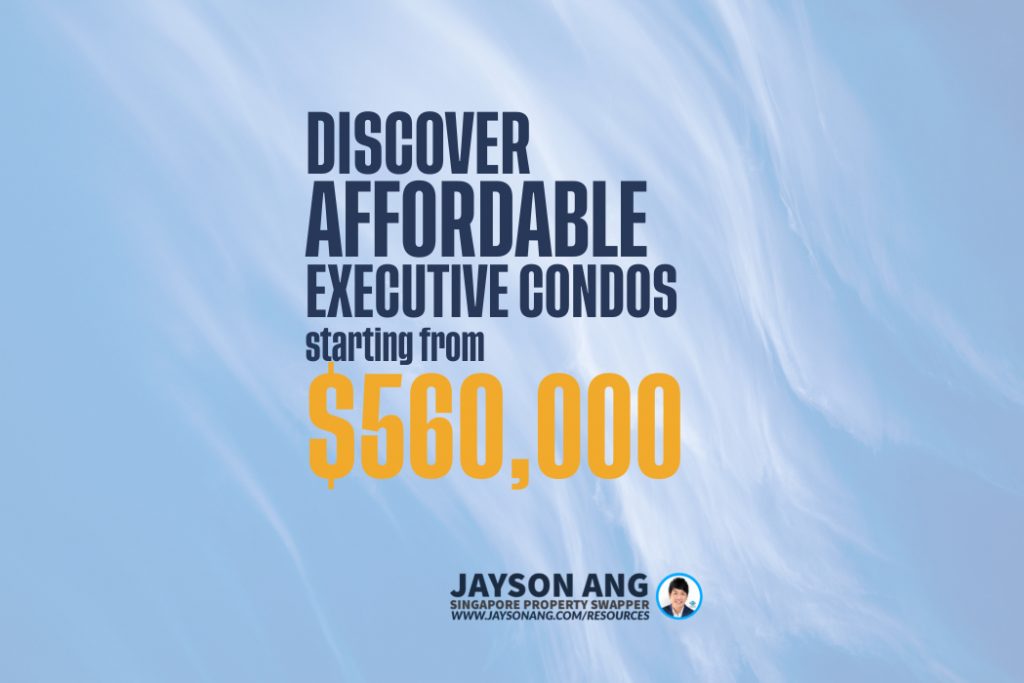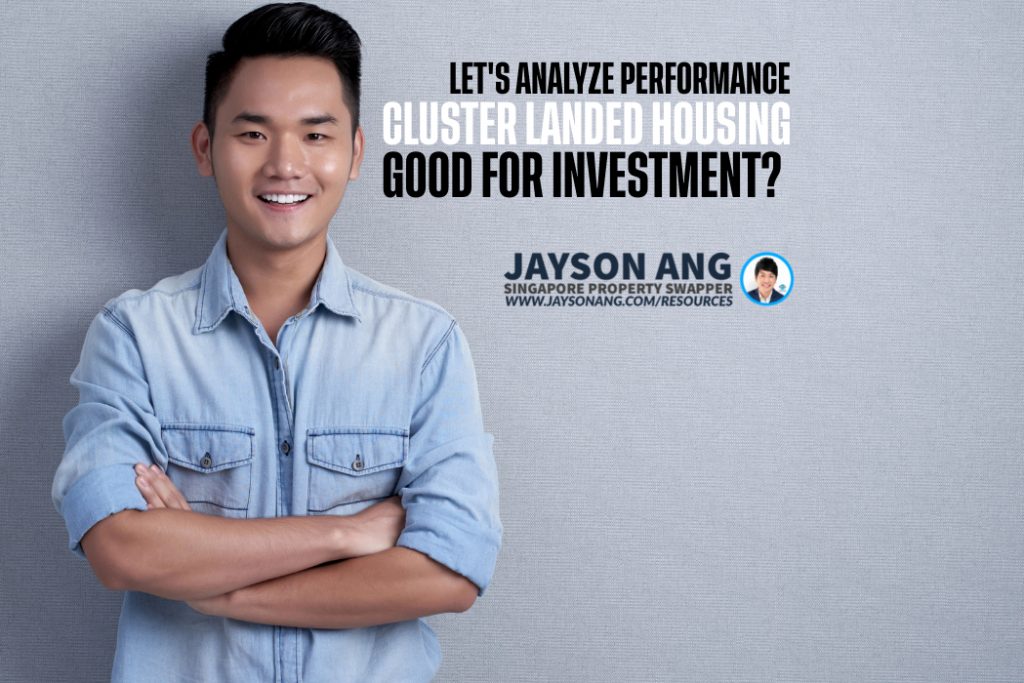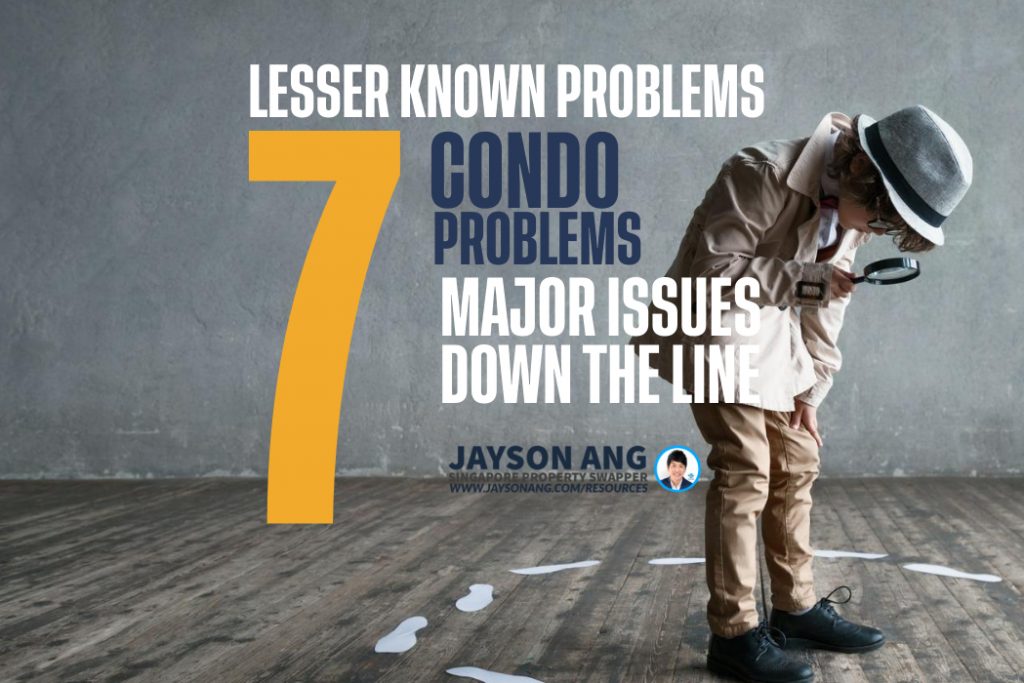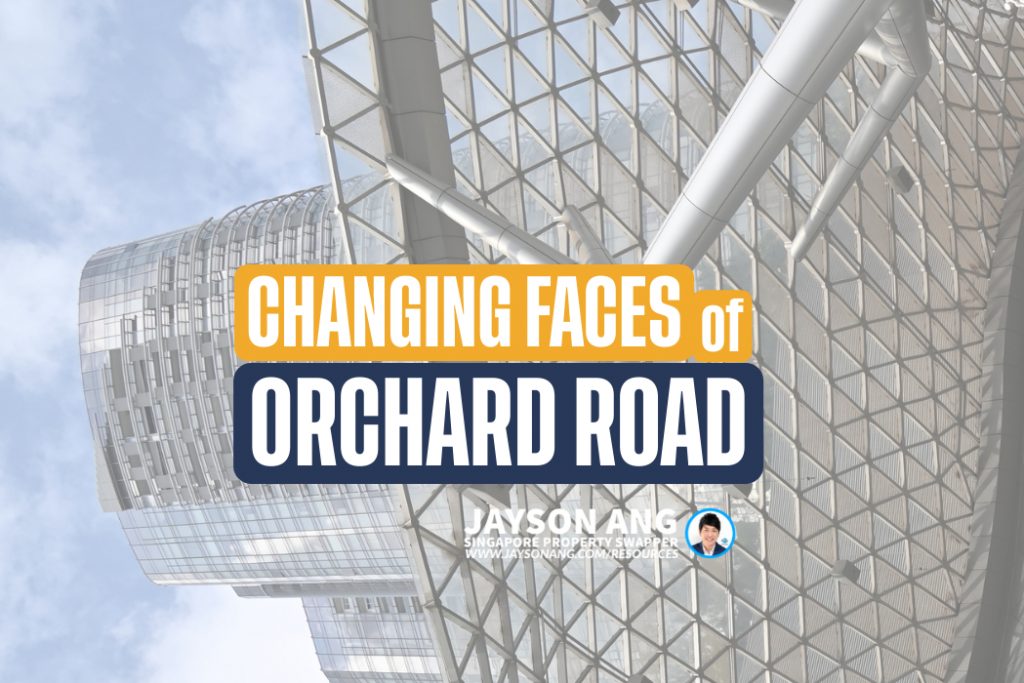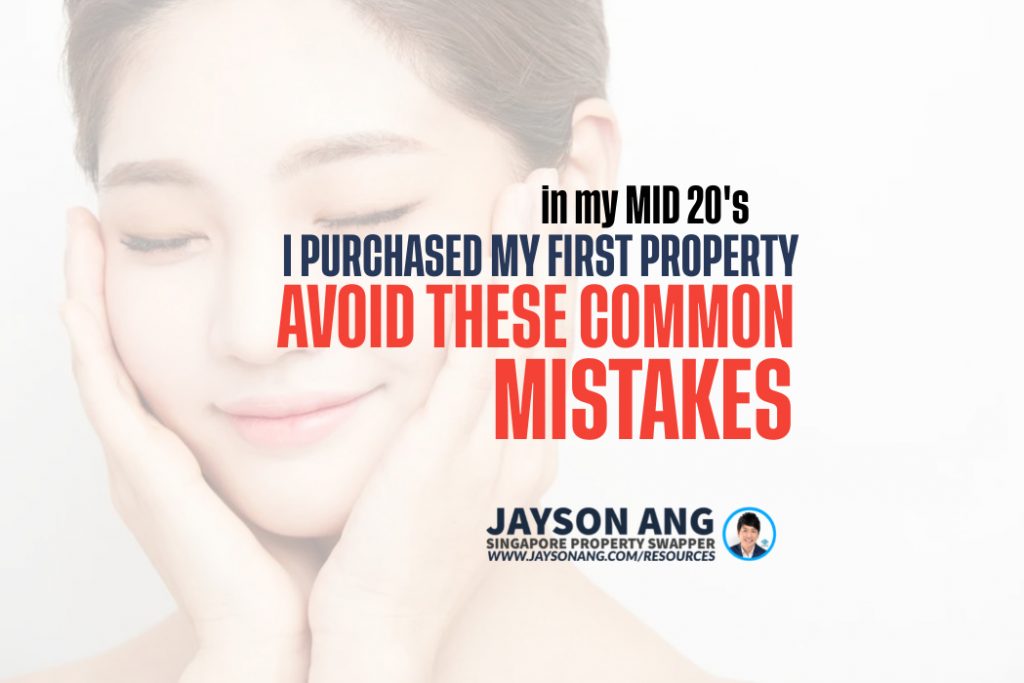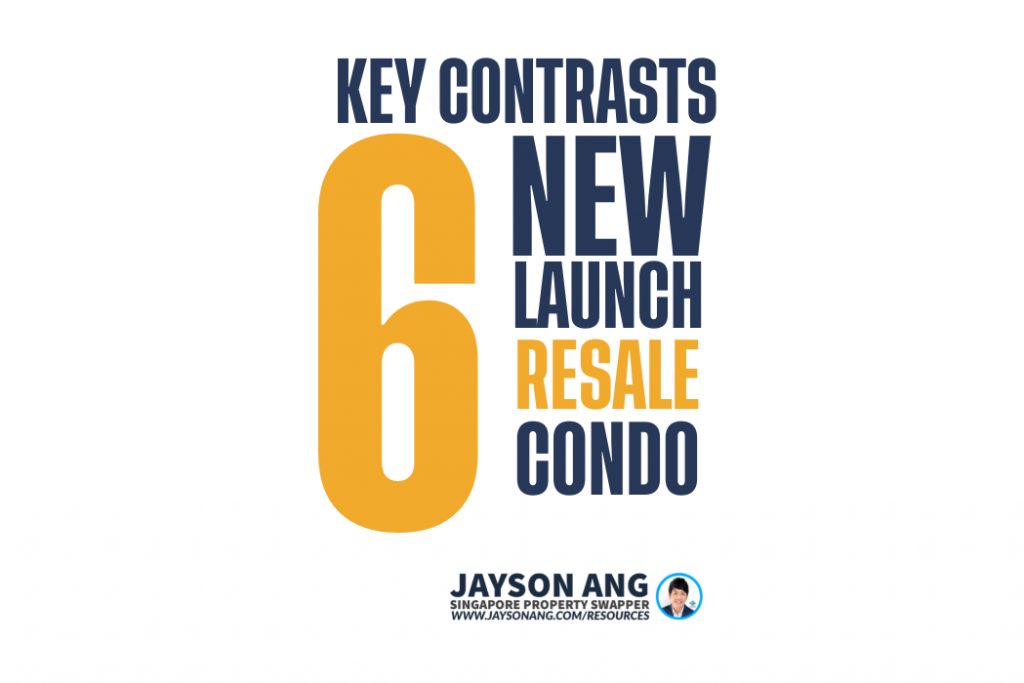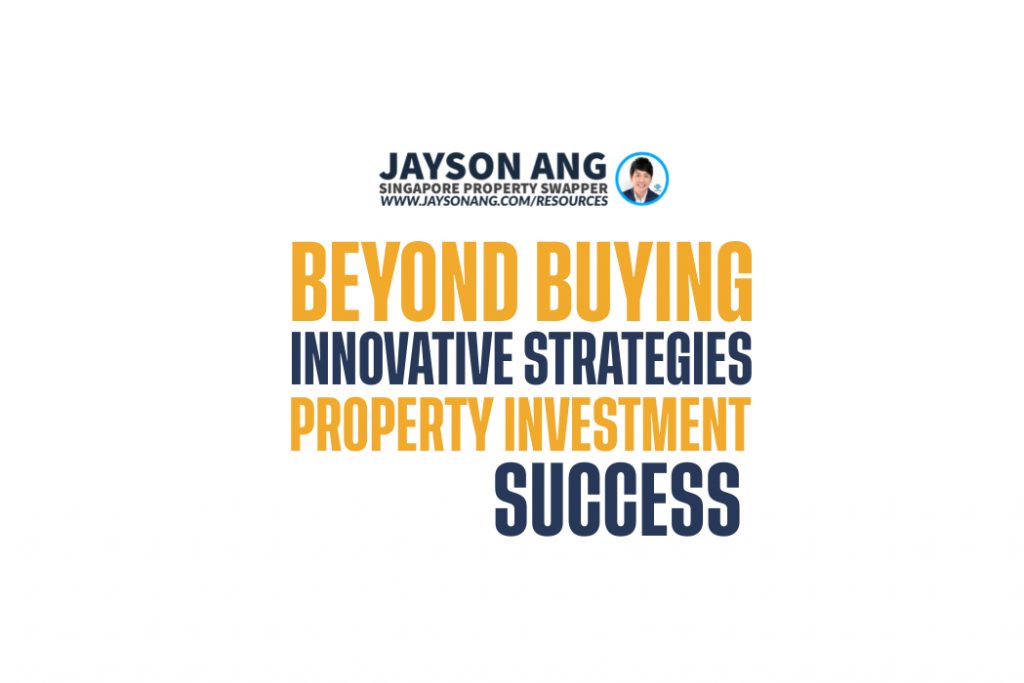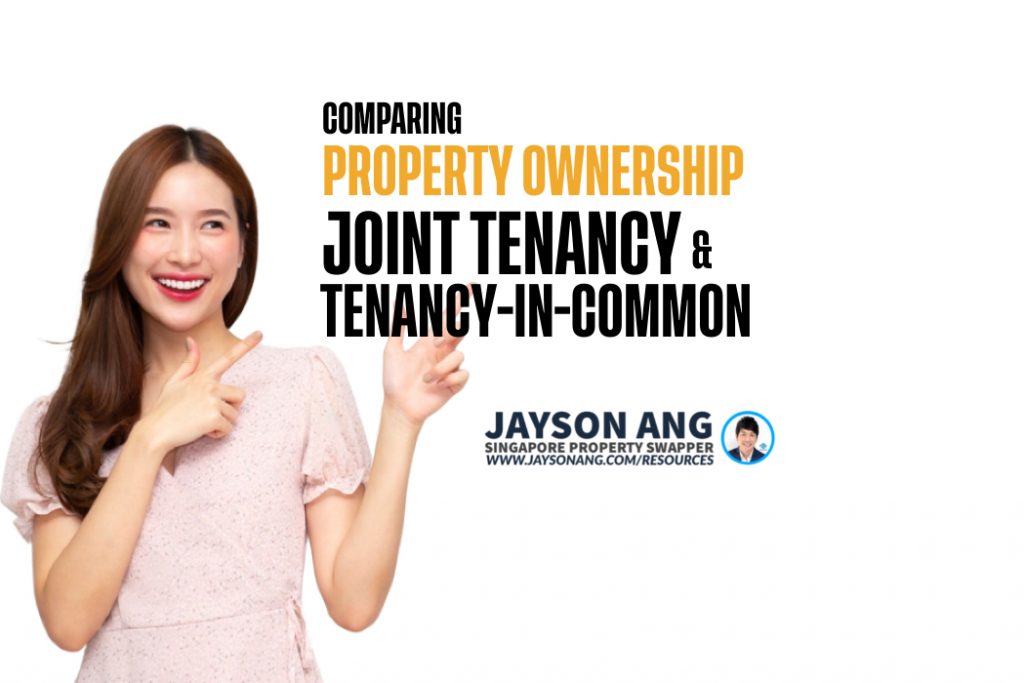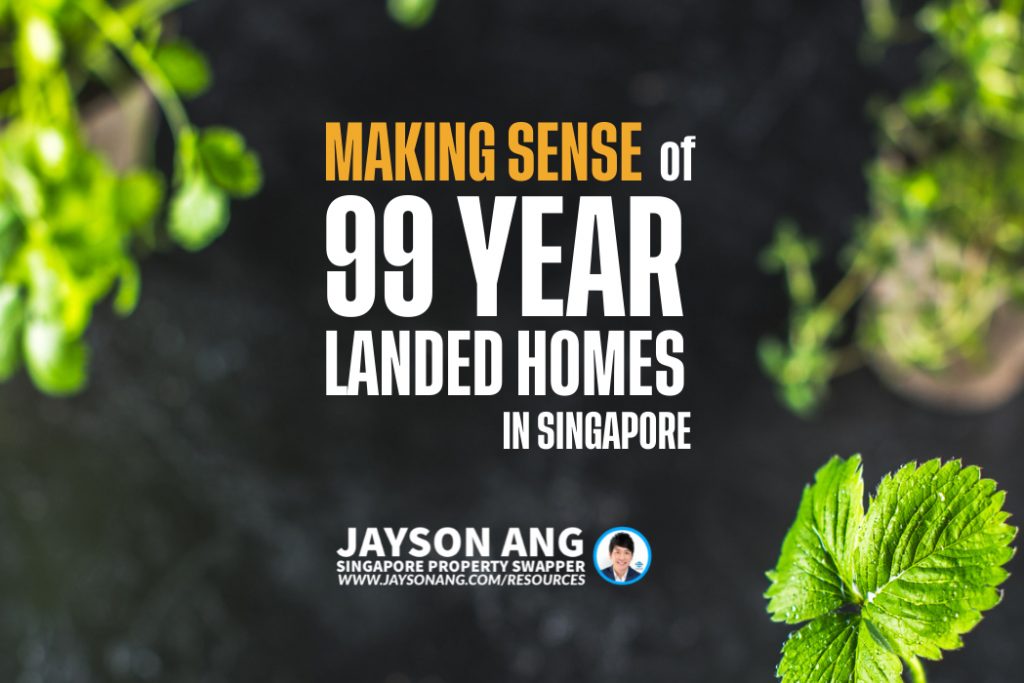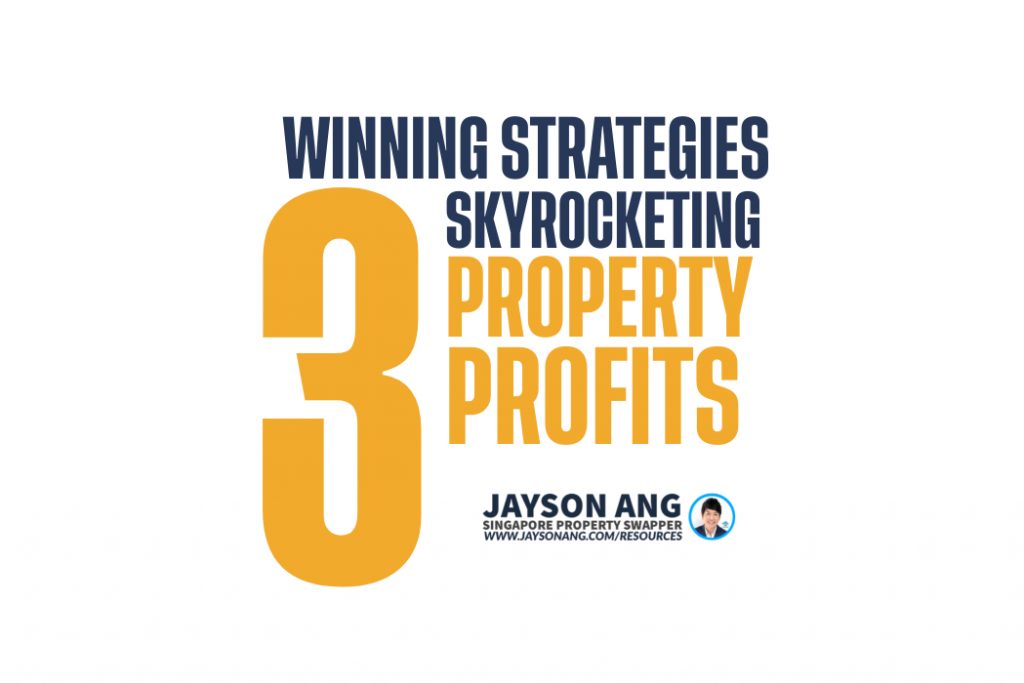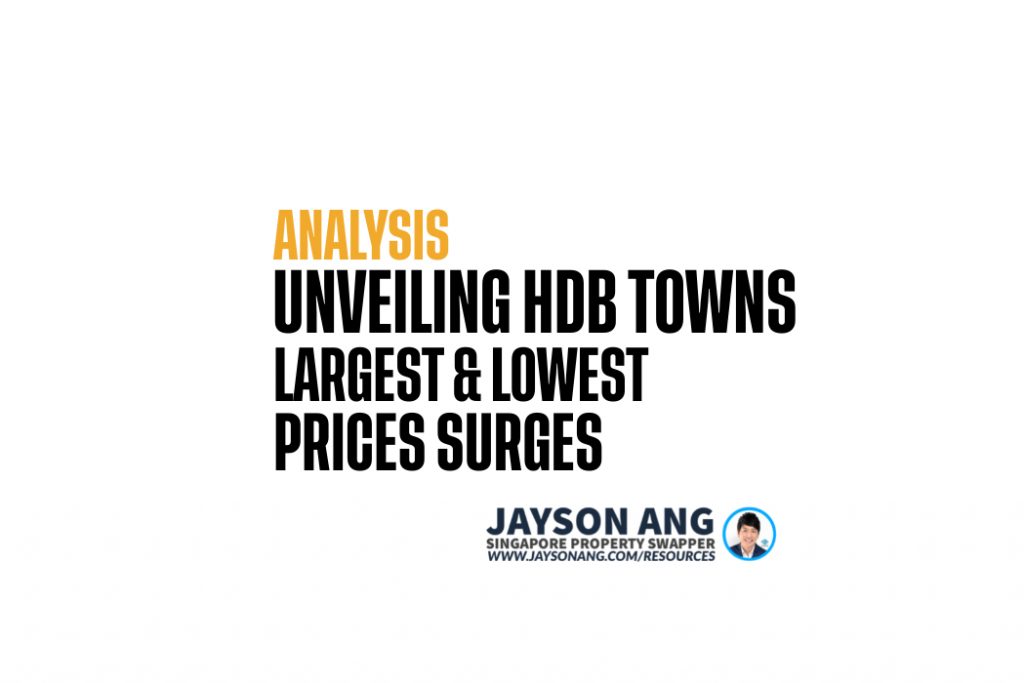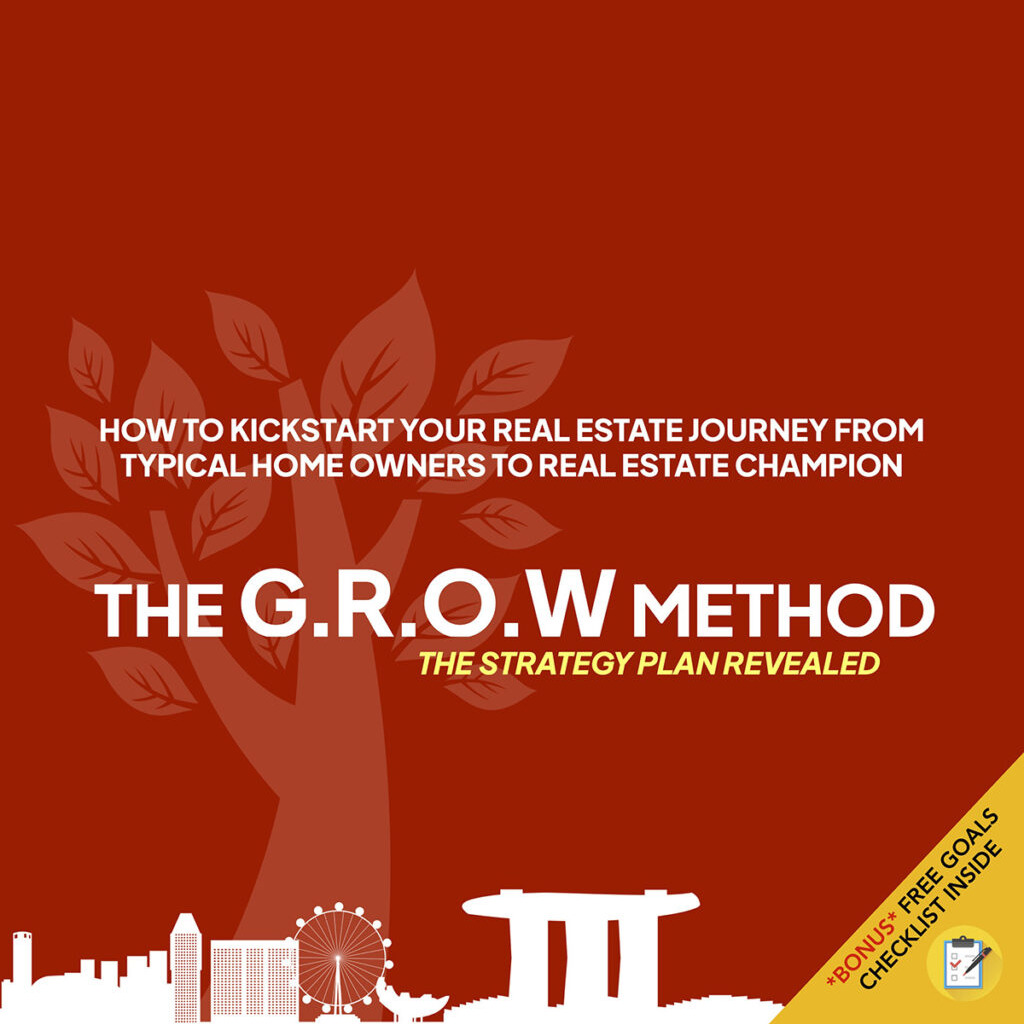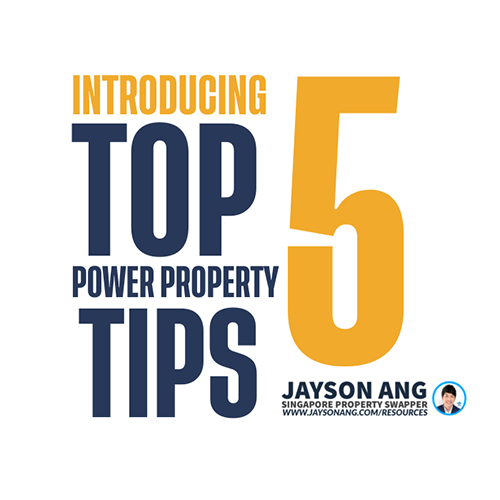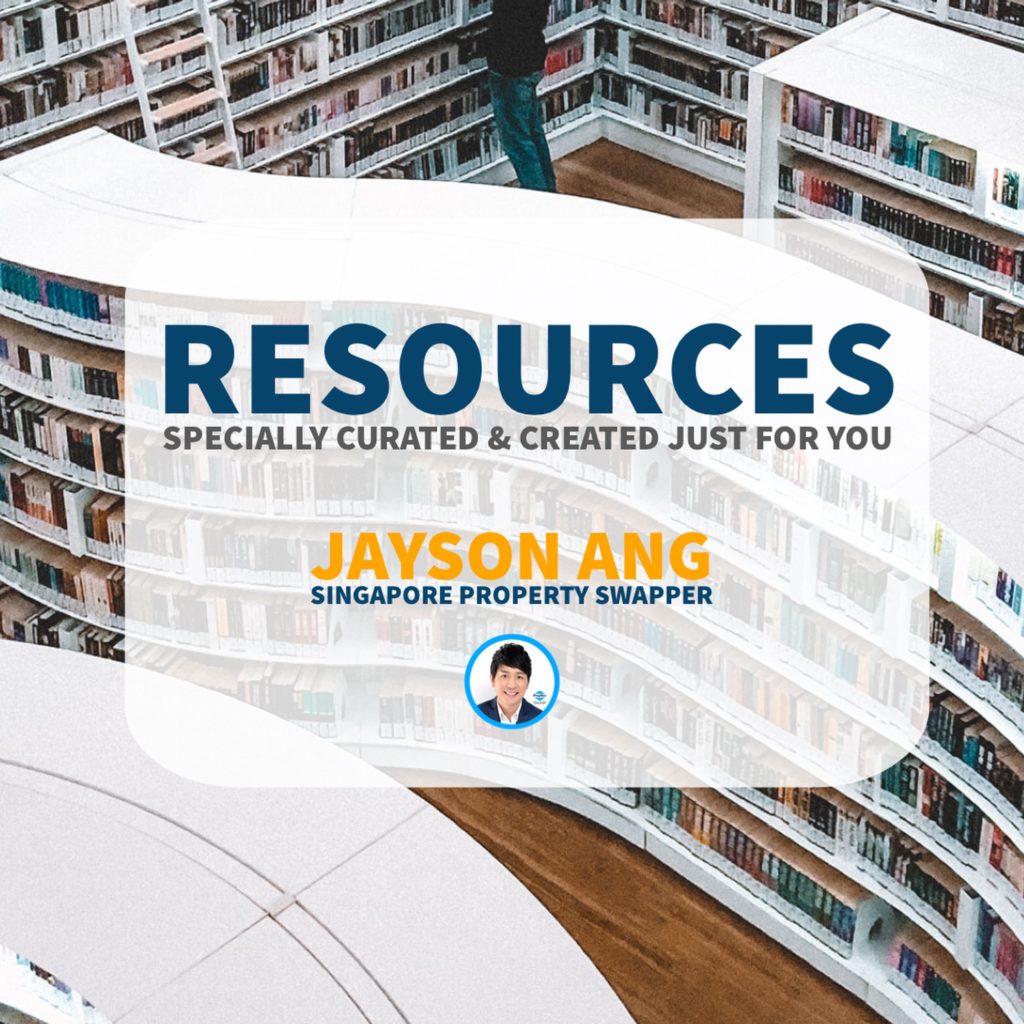TLDR
Understanding the nuances of the HDB property market in Singapore, especially the trend of million-dollar flats, requires a deep dive into historical data and market dynamics. Various factors, such as Mortgage Servicing Ratio (MSR) adjustments and changes in Cash Over Valuation (COV) rates, have influenced the fluctuations in million-dollar flat transactions over the years. The recent surge in million-dollar flat transactions post-COVID can be attributed to the Work From Home trend and affordability issues in the private residential market. The introduction of Prime and Plus housing models adds a new dimension to property transactions, potentially impacting resale prices. As HDB estates age and approach the end of their lease, buyer perceptions and market dynamics are expected to evolve. Overall, the HDB property market is poised to witness more properties surpassing the million-dollar mark in the future, driven by inflation and population growth. Buyers and sellers navigating this dynamic market landscape need to consider various factors before making decisions on buying, selling, or waiting.
In the realm of HDB property transactions, million-dollar flats remain uncommon, accounting for roughly one percent of all transactions. Even those priced near a million dollars (like $800,000 or $900,000) are not the norm. Nevertheless, it’s evident that these exceptional cases are on the rise, with a notable increase in 2023. The number of million-dollar flats hit a new high at 460 units, surpassing the previous record of 369 transactions in the year before. You might have come across their list of flats set to reach the million-dollar mark soon.
Based on the data, it seems that the trend of an increasing number of HDB flats reaching the million-dollar mark has been consistent over the years. There were only two instances where we saw a decrease in such flats – once between 2013 and 2014, and then again between 2018 and 2019. Apart from these two periods, the number of flats valued at a million dollars or close to it has been on the rise since 2012.
But Why The Dip During These Two Periods?
Between 2013 and 2014, the HDB market saw two major adjustments. Firstly, the implementation of the Mortgage Servicing Ratio (MSR) was a significant development. This policy limited monthly loan payments to 30 percent of the borrower’s income, leading to considerable downward pressure on prices.
The second significant change was the cessation of HDB’s publication of Cash Over Valuation (COV) rates. Prior to this, buyers and sellers would negotiate the COV amount after obtaining the valuation, as it was commonly expected that COV would be part of the transaction.
HDB has made a change where buyers and sellers now have to agree on the price first before HDB reveals the valuation later. This has led to a decrease in Cash-Over-Valuation (COV) rates to zero in many transactions by 2014.
It’s worth noting that nearly every HDB flat that is about to hit the million-dollar mark typically involves a significant COV amount, as HDB seldom values flats at such high prices (at least back then).
As an interesting side note, the decrease in 2013 highlights how distinct the broader HDB resale market is from the million-dollar flats.
The count of million-dollar and almost-million-dollar HDB flats went down in 2014, but went up again in 2015. This was different for the overall HDB resale market, which faced a continuous decline until around the time of Covid.
It’s worth noting that the number of these high-value HDB flats can increase while the HDB resale market is falling. They don’t always follow the same trend, and an increasing number of near-million-dollar flats doesn’t necessarily mean that all resale flats are becoming more expensive.
The decrease in property prices between 2018 and 2019, followed by a supply shortage the next year, was mainly because many new flats completed their Minimum Occupancy Period (MOP) and buyers preferred these newer, more affordable options. Interestingly, just a year later, there was a significant housing shortage leading to price increases. Factors such as the impact of COVID-19, remote work arrangements, construction delays, and homebuyers choosing larger resale flats over condos all contributed to this sudden shift in the market.
The Era of Million-Dollar Flats: Thriving Post-Covid!
The surge in million-dollar flat transactions following the COVID-19 pandemic was notable, with an average annual increase of about one percentage point from 2020 to 2023.
One commonly discussed explanation is that in the post-COVID era, buyers began seeking larger flats due to the Work From Home trend. Even younger buyers started showing interest in older, more spacious HDB flats, which are more likely to reach the million-dollar mark. The need for more living space outweighed concerns about the remaining lease of the properties.
Furthermore, the private residential market was becoming increasingly pricey, leading to more buyers being unable to afford it. This, along with the desire for immediate occupancy, contributed to the resurgence of Cash Over Valuation (COV) during those years.
Will Million-Dollar Flats Keep Soaring in Value?
Two recent developments could have an impact on these nearly million-dollar property transactions and the current market trend. The introduction of the Prime and Plus housing models is relatively new, and their potential effect on future resale prices remains uncertain at this point. Given their 10-year Minimum Occupation Periods (MOPs), it will take some time before we can fully understand their influence.
One question to consider is whether Singaporeans will opt to participate in the balloting process and wait for a Prime or Plus flat instead of paying a significant Cash-Over-Valuation (COV) for a resale flat priced at a million dollars. For the first time in quite a while, it has seemingly become more feasible to secure a well-located flat in popular areas like Bukit Merah, Queenstown, Kallang-Whampoa, etc., through the Build-To-Order (BTO) scheme.
On the other hand, Prime and Plus restrictions do not apply to existing flats already located in sought-after areas. Why would anyone opt for a new flat with a 10-year Minimum Occupation Period (MOP) and a four-year construction period when there’s a resale flat just 10 minutes away with a five-year MOP, ready for immediate move-in?
It is quite likely that sellers near Prime and Plus areas will increase their prices, leading to the emergence of more expensive resale flats, especially in the short term. Additionally, Prime and Plus flats have an income ceiling of $14,000 per month, while resale flats do not have such a restriction. Consequently, wealthier buyers are still directed towards resale flats, where they could push prices higher.
Unveiling the Impact of Age: A Key Factor Over Time
Most expensive apartments tend to be older ones, with many like Maisonettes dating back to the 1980s and earlier. Currently, Singapore has not yet seen any HDB estates reaching the end of their lease, but this is bound to change eventually, possibly affecting how buyers perceive them as they age.
When certain flats only have around 30 years left on their lease, will buyers still be willing to pay high prices just because they are larger units like jumbo flats, maisonettes, or HDB landed properties? It is likely that we will start to observe a shift in consumer behavior as these properties age. We might see more of these unique flats in every HDB town, possibly due to their proximity to amenities like shopping malls or MRT stations, not just limited to popular areas like Bishan or Tiong Bahru.
Looking ahead, it is expected that a larger proportion of HDB flats will surpass the million-dollar mark over time, driven by factors such as inflation and population growth. This suggests that the cost of living in any type of housing, including HDB flats, will continue to rise in the future.
Should You Buy, Sell or Wait?
If you’re reading this, you must be trying to figure out the best course of action right now: is it the right time to buy or sell?
It’s difficult to give an exact answer since everyone’s situation is unique and what works for one person may not necessarily work for you.
I can bring you a wealth of on-the-ground experience and a data-driven approach to provide clarity and direction. From beginners to experienced investors, our top-down, objective approach will help you on your real estate journey.
I can help you by:
- Offering Strategic Real Estate Advice – I can help create a comprehensive plan to guide you through your property journey.
- Connecting Your Home with the Perfect Buyers – Through stunning visuals, an effective communication strategy, and an in-depth knowledge of the market, we’ll ensure your home is presented in the best possible way to fulfill your goals.
You May Also Like …

